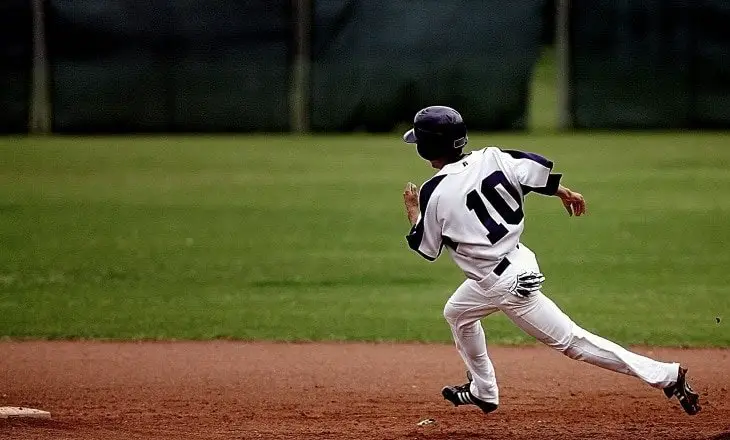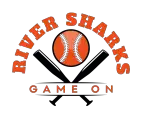In baseball there are a few different leagues. These different leagues tend to have different rules since there are varying age groups in each league. But the rule of outs in an inning is one of the rules that does not change at all across the leagues.
Baseball games consist of six outs.
There are three in the top half of the inning and then three in the bottom half.
Is there any way that a team can get more than three outs in a half-inning?
When in play, it is only possible to get three outs per half-inning. This is something that fans of baseball will learn as the first rule.
It is a well-known rule in the game and some even say that this works out to be an advantage to baseball. The reason for this is that even if a team is winning, the losing team is still given an opportunity to score.
So, each team is given an even number of outs in each inning. This can be compared to when the clock runs over in basketball.
So, it’s that simple?
Well, although the rule is that there are six outs in an inning, three in each half-inning, it is not quite the end of the answer. Some baseball fans think that outside of the general play time, there are a few other ways that that an out could be recorded even when three outs have already been recorded in a half-inning.
Here are some descriptions of both of the ways that an extra out could be added on the record.

Time play
Put simply, a time play is where a runner may have been able to score before the third out in the half-inning is recorded. These runners are able to score if the defending team gets the third out, but this cannot happen if the out was a force. It also cannot happen if the out is recorded on the batter before they reach first base.
Another out call will be added to the record if a manager makes an appeal on this kind of time play. This appeal could result in a fourth out call being recorded on the half-inning on top of the three that are already called.
This would technically lead to four outs. The reason this is possible is that a fourth out can be called as the umpire may have to recognize a fourth out on top of the three already in existence.
Dropped third strike
A strike out is when the pitcher (the player throwing the ball) will throw any combination of three looking or swinging strikes to a hitter. A strike out is credited even if the player makes it safely to first base.
A strikeout will require three things: the batter to already have two strikes, the batter to miss the ball with the bat or to not swing when the ball is in the strike zone, and the catcher to secure a third strike.
So, a dropped third strike is when the catcher (behind the batter) will drop the ball on the third strike. The batter will then have an open opportunity to run to first base safely. This can only occur if first base is not already occupied, or if there are two outs.
If there can be four outs in a half-inning, what does the score card say?
The score card will still say three outs per half-inning. This is because, technically, there can still only be three outs in a half-inning and six in a full inning.
But thanks to the scenarios outlined above, there will sometimes be cases where there are more than three outs in a half-inning. Though this may be the case, the score card will still only say that there were three outs, because this is all that needs to be recorded.
Conclusion
The obvious conclusion here is that, according to the rules of baseball, every league has six outs in an inning, three in each half. But, as we have seen, there are some complications that can cause a fourth out to happen.
Things like time plays and a dropped third strike will cause a fourth out to be acknowledged by the umpire. But that being said, the umpire can easily acknowledge a fourth out, but it will not be recorded on the score card.
The reason for this is that only three outs need to be recorded on the score card, per the rules of baseball, to end the half-inning.
There are countless times when a fourth out has been acknowledged by an umpire, but only three will ever be recorded because the third out will mark the end of a half-inning, so the fourth out is not necessarily important.
